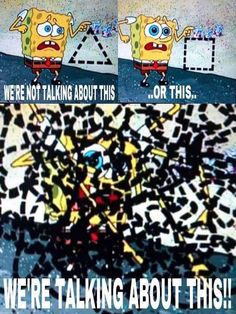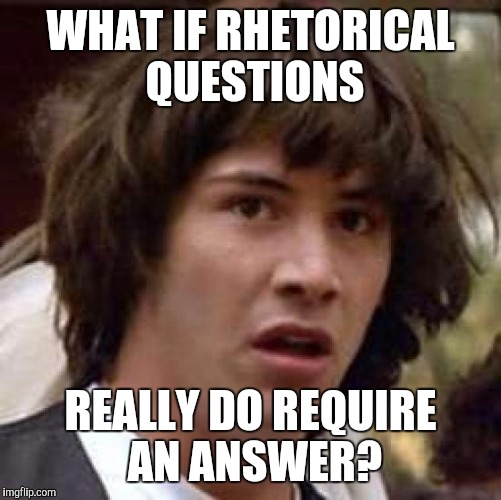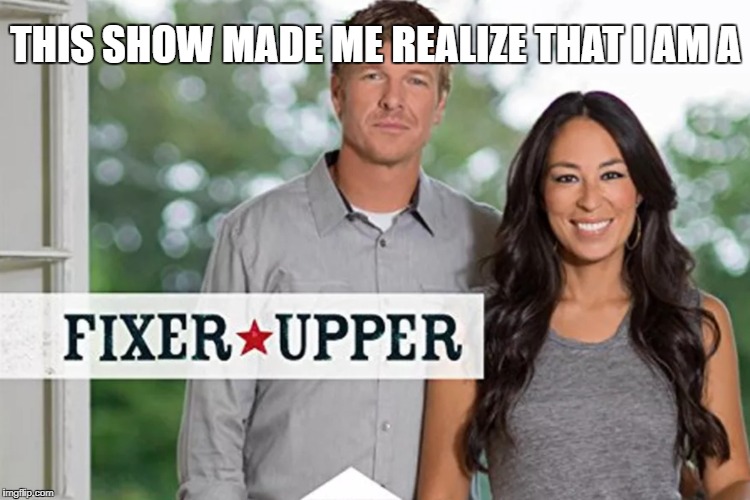James Samonas
Professor Seri
WRT 102.72
2/13/18
Arguing About the Nature of Being Neutral
The grey area of morality is confusing and arguable in and of itself. More importantly though, it represents one of humanity’s biggest fears: the unknown. The manga comic written by Kohei Horikoshi, My Hero Academia, emphasized this greatly in one of its villain characters, Stain. It was soon transformed into an anime show with director Kenji Nagasaki and writer Yosuke Kuroda. It is an animation about superheroes with unnatural superpowers that was quickly gaining traction among a bigger western fanbase, the show and its unique villain also becoming a very popular topic. In one scene in particular, the character Stain makes an incredible impact on both those in the show and the audience watching it as well. The scene starts with the villain being tied up and knocked out after almost killing several people. This calm is suddenly shattered though when he wakes up and saves the main protagonist and hero of the show, Midoriya, from another villain, killing the other villain in the process. Finally, turning around in a bout of power, he makes a speech to some of the most powerful people in this fantasy world, freezing them in terror with his sense of morality. When Kohei Horikoshi, Yosuke Kuroda, and Kenji Nagasaki worked together to piece together the dialogue, coloring, and character actions of this scene, they really drove home the idea of how terrifying a grey sense of morality can be.
This scene used a lot of what the character, Stain, actually said to try to convince the audience of his grey morality and the terror it brings with it. This acts as the logos, or logical persuading, of the scene. Trying to reason with the heroes of the scene, Stain states “If I don’t fix it… if someone isn’t… stained with blood…! If heroes aren’t restored…!! Come! Just try me… you fakes! The only one allowed to kill me is… All Might, a true hero!!”. In saying this statement during this scene he is trying to reason that if someone doesn’t do something, nothing will be fixed, so he will do whatever it takes whether it be dying or killing to fix it himself. This also goes outside the screen to affect those watching it by reasoning that they should do anything they can, even to kill, to change the world’s problems rather than just sit idly by, cementing his flawed morality as a thing of contradiction to fear. Earlier on in the show, Stain also had tiny snippets of dialogue which pushed this same idea. When he was given the dialogue “To truly accomplish anything… one needs will and conviction. Those without it… the weak ones… They’ll be weeded out. It’s only natural. That’s why you’re about to die.”, it really pushed how scary his ‘in the middle’ ethics were. It went to show both the characters in the show, who react appropriately, and the physical audience watching the show his true philosophy and thus his morality. It reasoned that he didn’t care what it took to teach society to change and that he was willing to kill those who didn’t agree with him. This ideal is one that many people fear as the past experiences humanity has had with this has led to wars and even a holocaust.
The coloring of this dynamic animated scene also has a great impact on the viewers. Through the brilliant shades of color and pathos, the director tries to convince the audience how horrifying the character Stain, and more importantly, his grey morality really is. Kenji Nagasaki used mostly intense shades of reds and blacks to cause a sense of fear in his audience. As with many colors, both red and black have connotations and symbolism to them. The reds in the scene are more congruent with the character Stain and the pure rage he has. Meanwhile, the stark black background and lines over the red contrast it, not only making the reds brighter and more powerful, but also mixing the aura of uncertainty that black represents with it. This causes an emotional response within the viewer, causing their fear to be amplified due to the rage and uncertainty of the coloring of the scene. This scene is also very abrupt and goes to contrast the show itself as the show is usually very colorful and hopeful. This scene goes to juxtapose that as it show a complete lack of color other than red and black, thus showcasing the hopelessness and fear the audience watching should feel. Greatly complimenting the coloring, the music during this scene also had a great impact. Also using pathos to affect the viewer’s emotion, the music (done by Yuki Hayashi) is very vocal based music, similar to what you’d find in an opera. The notes sung are with a lot of dissonance between them, causing what is often perceived as a scary or unpleasant sound. This helps to add to the pathos of the scene as when the audience hears the music in the background, most will react with an amplification of their fear. The music and color almost add an aura and symbolic environment of the physical manifestation of something to be feared in the scene.
In the present day, many people are very stressed about the state of our politics as well as the morality of the world as a whole. Almost like the civil rights era back in the 1950s and 60s, many are looking at the society around them terrified and wanting change, but also being scared of what the change may bring with it. The scene from My Hero Academia takes a lot of influence from this modern thinking of wanting change again. It further stirred up debate among people about modern problems and how they are being solved. Almost akin to Malcolm X during the civil rights era, Stain would rather get violent and die for his cause than let it continue. Opposed to this, today many still try to stay like Martin Luther King and keep the peace by using (mostly) peaceful protests and walks. Bringing up how scary this unknown thinking brings awareness to the causes it represents and helps to enact change in these causes.







 With the full Rhetorical Analysis paper due in just about 2 weeks, its about time to get to work on it. Starting to do this, I educated myself all about the background of the text, or scene, that I am analyzing (not that I didn’t know a lot to begin with). The work that I am analyzing is My Hero Academia. This is both a manga (comic) and anime (cartoon), although for the sake of this paper, I will mostly be dealing with the show as it better illustrates the mood and argument the author is trying to get across. This is due to the fact that the show can use color, music and smoothly moving frames to further drive the point home. The author of the original text of the comic’s story is Kohei Horikoshi while the writer of the show is Yosuke Kuroda. Also, another very important person to the impact of the scene is Kenji Nagasaki whom is the director. As the director, he controls what colors are where, how every character moves, and the music that plays over the background of the scene (with the help of Yuki Hayashi). This all culminates with the original writing to complete the argument that the scene is trying to convince you of. All of these artists have vary previous experience as well, which Horikoshi only working on some other pieces before this, whilst Kuroda and Nagasaki have worked on many. Kuroda has even won the Individual Award at the 8th Animation Kobe event for previous works. This piece was published by Studio Bones in 2016 to present.
With the full Rhetorical Analysis paper due in just about 2 weeks, its about time to get to work on it. Starting to do this, I educated myself all about the background of the text, or scene, that I am analyzing (not that I didn’t know a lot to begin with). The work that I am analyzing is My Hero Academia. This is both a manga (comic) and anime (cartoon), although for the sake of this paper, I will mostly be dealing with the show as it better illustrates the mood and argument the author is trying to get across. This is due to the fact that the show can use color, music and smoothly moving frames to further drive the point home. The author of the original text of the comic’s story is Kohei Horikoshi while the writer of the show is Yosuke Kuroda. Also, another very important person to the impact of the scene is Kenji Nagasaki whom is the director. As the director, he controls what colors are where, how every character moves, and the music that plays over the background of the scene (with the help of Yuki Hayashi). This all culminates with the original writing to complete the argument that the scene is trying to convince you of. All of these artists have vary previous experience as well, which Horikoshi only working on some other pieces before this, whilst Kuroda and Nagasaki have worked on many. Kuroda has even won the Individual Award at the 8th Animation Kobe event for previous works. This piece was published by Studio Bones in 2016 to present.